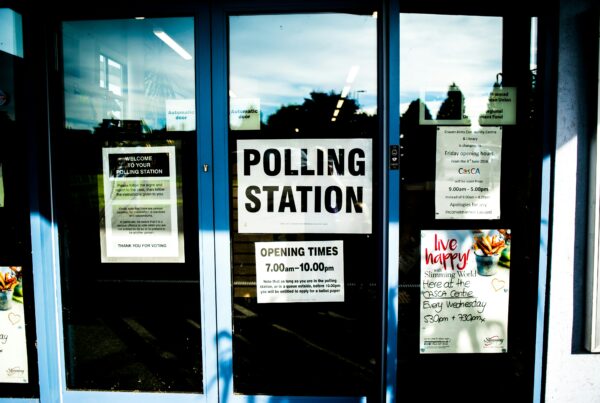 FPC’s Independent Economic Consultant, Peter Stanyer shares his thoughts on the second national lockdown, its impact on the economy and the extension of the furlough scheme.
FPC’s Independent Economic Consultant, Peter Stanyer shares his thoughts on the second national lockdown, its impact on the economy and the extension of the furlough scheme.
The renewed national lockdown across England which came into force on November 5th to suppress the second wave of Covid-19 cases across the country is very different from the first. Although non-essential retail, pubs, restaurants, and tourism have been closed, schools and universities are excluded, as are more workplaces. We are all encouraged to stay-at-home and to work-at-home, except where work cannot be done from home. From the outset (unlike in March) this includes for example, all construction work, and there is no suggestion that people should only travel to work if their job is ‘essential’.
This has the feel of a lesser lockdown than the first stages of March’s lockdown, which is likely to be reflected in a less dramatic hit to an already diminished GDP, but it is a hit. The Bank of England now expects GDP in the last three months of 2020 to decline by 2% compared with the continued recovery of 3.5% that had previously been expected. Until the renewed Covid restrictions (locally and then nationally) the economy had been recovering strongly, and the Bank now forecasts that in 2020 the UK economy will have declined by 11% rather than the fall of 9.5% it expected in August. A rebound of 6.2% is forecast for next year (distinctly weaker than previously expected), and within this, a decline of around 1% is expected due to frictions as businesses adjust to an assumed successful free trade agreement with the EU.
To mitigate the impact of the second national lockdown, the Chancellor has reintroduced the government’s furlough scheme that will pay up to 80% of wages through to March (but subject to revision in January). Corresponding support for the self-employed is also being introduced. The new measures replace September’s proposed less generous successor to the original furlough, the Job Support Scheme. This had been intended to take advantage of the then much more favourable background of reduced Covid infections. The explosion in cases since then has put a premium again on helping viable businesses to survive the second lockdown.
The second lockdown will hurt economic activity and the Bank of England has been authorised to create up to £150billion of additional new money (‘quantitative easing’) which will be available to buy UK Treasury bonds (gilts) and also corporate bonds. This will help provide readily available liquidity to large companies and the corporate bond market. Sterling corporate bonds performance will be helped by this, while the risk of the Bank incurring losses on corporate debt has been underwritten by the tax payer.
The Economist has criticised the Chancellor’s latest measures as encouraging the ‘zombification of Britain’. This is too harsh. Anecdotes abound about firms and individuals exploiting both the spirit and letter of the law to access government assistance that was evidently not intended for them, but the immediate cost of forcing the closure of profitable businesses by government edict must be taken seriously. The measures introduced by the Chancellor should not be expected to last long and there will not be much transition once lockdown is lifted. Talk of encouraging zombies will reinforce the Chancellor’s determination to encourage enterprise to thrive.
Visit the official Government website for more information.





